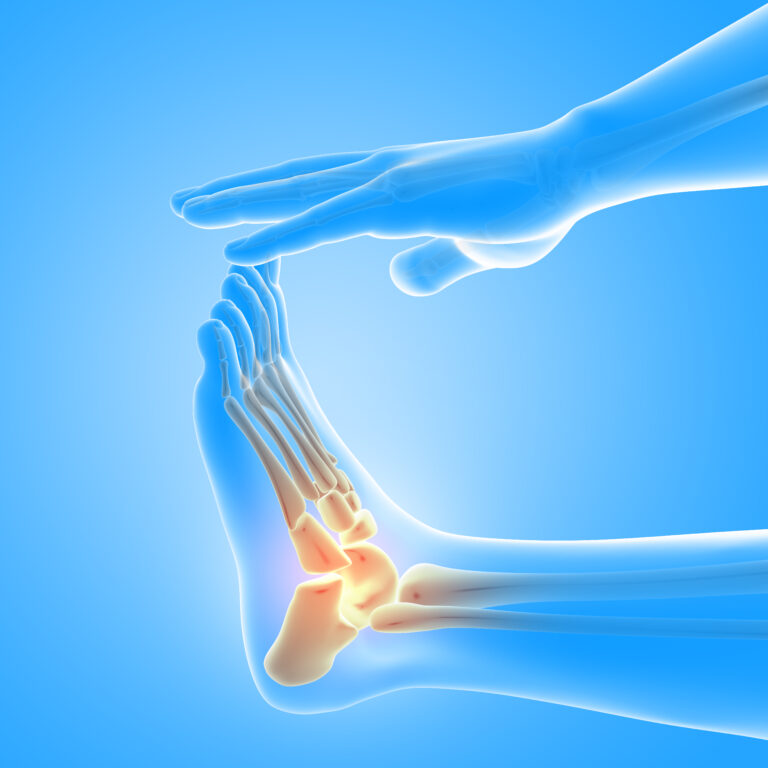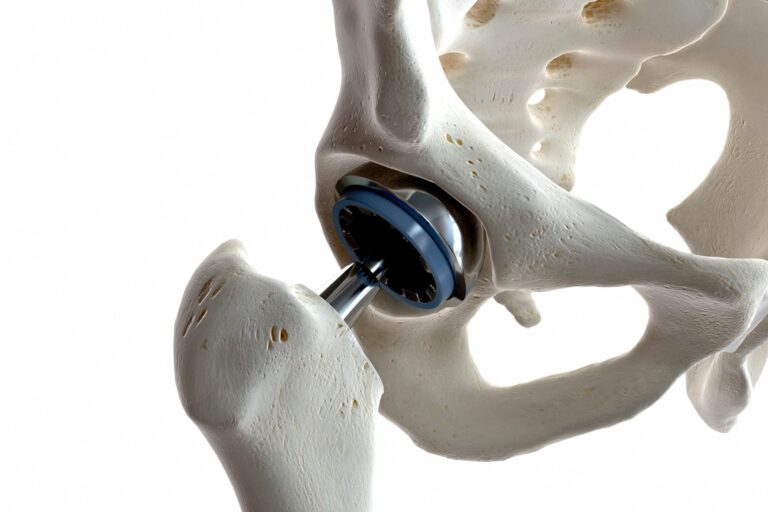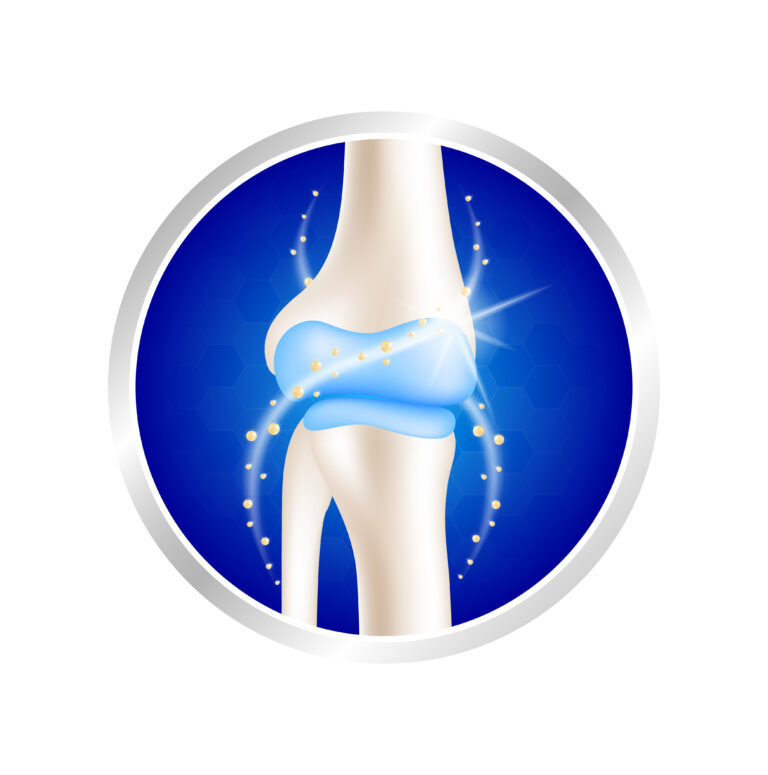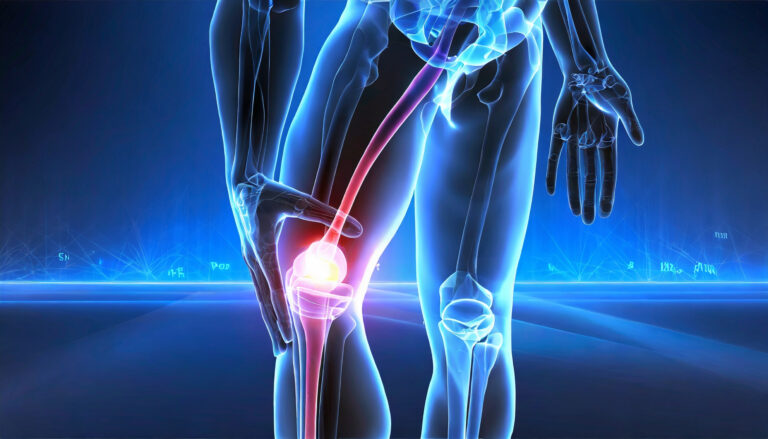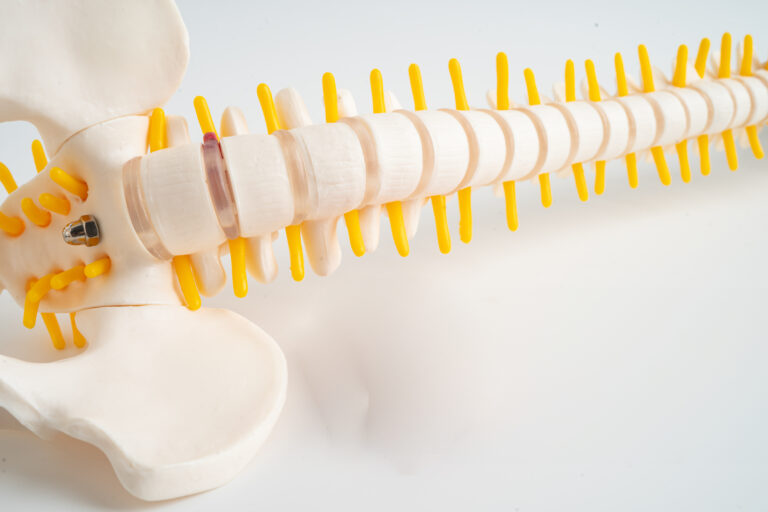1. Osteoarthritis
Osteoarthritis is a degenerative joint disease where the cartilage that cushions the ends of bones wears down over time. This can lead to bone-on-bone contact in the knee joint, causing pain, stiffness, and inflammation.
2. Fractures
Fractures or breaks in the bones of the knee, such as the patella (kneecap), femur (thigh bone), or tibia (shin bone), can cause intense pain, swelling, and difficulty moving the knee.
3. Bone Spurs
Bone spurs, also known as osteophytes, are bony growths that develop on the edges of bones. In the knee joint, bone spurs can form due to osteoarthritis or other conditions, causing pain when they rub against other bones or soft tissues.
4. Osteochondritis Dissecans
Osteochondritis dissecans is a joint condition where a piece of bone and cartilage becomes detached from the end of a bone within the joint. This can lead to pain, swelling, and potentially joint locking or catching.
5. Bone Tumors
Although rare, tumors that originate in the bone (primary bone tumors) or spread to the bone from other parts of the body (secondary bone tumors) can cause knee pain. These tumors may weaken the bone and cause localized pain or discomfort.
6. Stress Fractures
Stress fractures are small cracks or severe bruising within the bone, typically caused by repetitive stress or overuse. Athletes and individuals who engage in high-impact activities are more prone to stress fractures in the knee bones.
7. Paget’s Disease of Bone
Paget’s disease of bone is a chronic condition where bones become enlarged and weakened. It can affect any bone in the body, including the knee bones, leading to pain, deformities, and an increased risk of fractures.
8. Bone Infections (Osteomyelitis)
Osteomyelitis is a bacterial infection of the bone that can occur due to trauma, surgery, or bloodstream infections. In the knee, osteomyelitis can cause severe pain, swelling, redness, and fever.
9. Bone Marrow Edema
Bone marrow edema refers to swelling within the bone marrow, often due to injury or inflammation. In the knee, bone marrow edema can cause localized pain and tenderness, especially with weight-bearing activities.
10. Growth Plate Injuries
In children and adolescents, injuries to the growth plates (epiphyseal plates) at the ends of long bones can cause knee pain. Growth plate injuries may occur due to trauma or repetitive stress, affecting bone growth and development.
Conclusion
Knee pain related to bone issues can result from various conditions, injuries, or diseases affecting the bones and joints. Proper diagnosis and treatment by a healthcare professional are essential to identify the underlying cause and provide appropriate care to alleviate pain and restore knee function. If you are experiencing persistent knee pain, consult with a medical professional for an accurate diagnosis and tailored treatment plan.
Disclaimer: The information provided in this blog post is for general informational purposes only and should not be considered professional advice. Before making any health-related decisions, consult with a qualified healthcare professional. The content is not a substitute for medical advice, and individual results may vary. The author and website are not responsible for any consequences arising from the use of the information provided. Use your best judgment and seek professional advice when needed.

